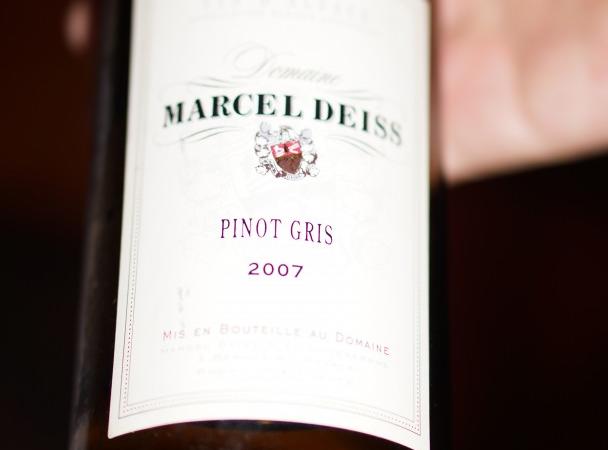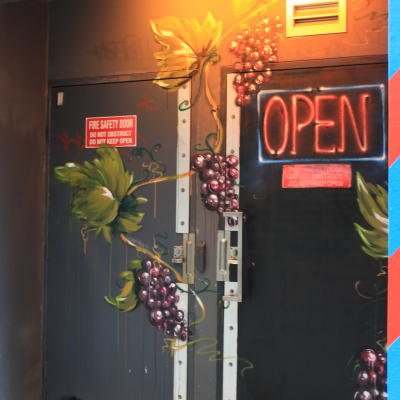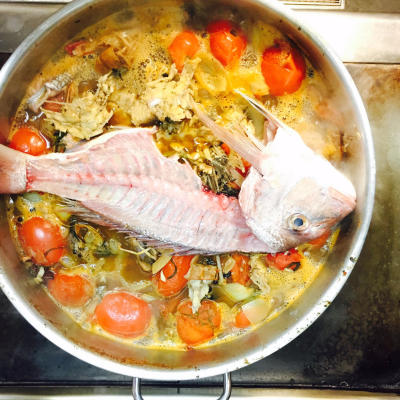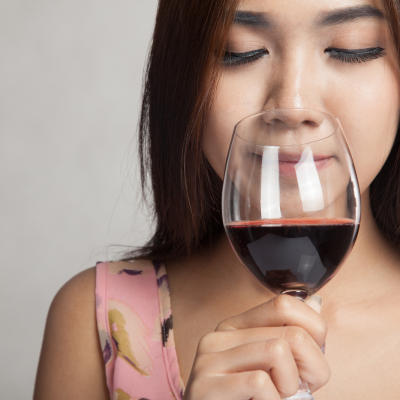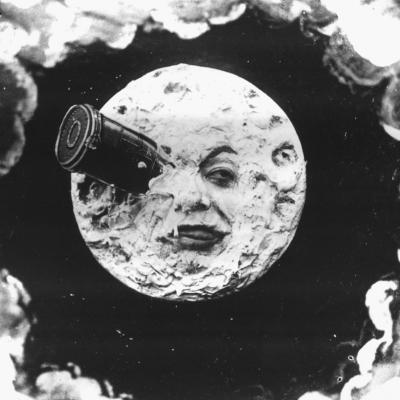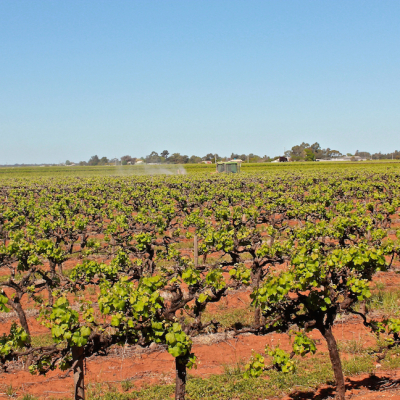When talking about France it’s nigh on impossible to not end up discussing wine as well. It’s such an integral part of French culture and history that the two go hand-in-hand. It remains one of the largest wine producing countries in the world and many areas can trace their wine-making lineage back to the times of Roman rule. Cabernet Sauvignon, Pinot Noir, Chardonnay and Sauvignon Blanc all originate in France and have since been cultivated around the world. An in-depth look into French wine could fill books many times over so the following is merely a brief overview of five wine regions in France to give a sense of what one should expect from each. A bluffer’s guide of sorts, so next time you get into a discussion down the pub you will know your Claret from your Beaujolais.
Burgundy
Burgundy is a region in East-Central France and is famously home to the towns of Beaune, Dijon and Macon. Wines produced in Burgundy are known as ‘Vins de Bourgogne’ and will often be marked on the label as such. Both red and white wines are produced in Burgundy with the majority being dry reds made from Pinot Noir and whites made from Chardonnay grapes. There are many specific regions within Burgundy producing wine of a very particular style and/or using a specific grape type. Worth noting separately are the regions of Chablis and Beaujolais which respectively produce fine, crisp, white wines from Chardonnay and very light red wines from Gamay. These are more often than not sold as ‘Chablis’ and ‘Beaujolais’ although this just denotes the region from which they originate (i.e. they still fall under the umbrella term of ‘Vins de Bourgogne’). Other famous regions in Burgundy include; the Cote D’Or, Cote Chalonnaise and the Maconnais. The climate in Burgundy is temperamental with typically cold winters and hot summers. The region is prone to extremes of weather which has a dramatic effect on the grapes used to produce the wines. This is where vintage comes into play and the idea of a ‘good year’. Grapes picked in a year with favourable weather conditions can make wine that fetches a much higher market price. ‘Terroir’ is also arguably more important in Burgundy than any other region of France. Terroir covers all of the special characteristics that combine to have an overall effect on the grapes and therefore wines. This means everything from geography, topography, climate and geology. Basically speaking, terroir explains why wines produced from the same grape type grown on opposite slopes of a hill can be dramatically different from each other and therefore command different prices.
Bordeaux
Is the largest wine growing area in France and is located in the coastal South-West. They produce predominantly red wines colloquially known in British English as ‘Claret’, which is used as a general catch all term for Red Bordeaux. A smaller proportion of white wine is also produced with ‘Sauternes’ being worthy of note for their fine sweet dessert wines produced from predominantly Semillon. Key red grape types used in the production of Bordeaux include Cabernet Sauvignon, Merlot, Cabernet Franc, Malbec and in white; Semillon, Sauvignon Blanc, and Muscadelle. Bordeaux is handily located upon an enormous plug of limestone meaning ideal soil conditions for vine growing combined with good irrigation and an oceanic climate. The area is split by two rivers, the Dordogne and the Garonne which leads to the wines being classified as either being from the ‘Left Bank’ or the ‘Right Bank’. As a general rule red wines produced on the left bank are predominantly Cabernet Sauvignon with a blend of Merlot and Cabernet Franc making up the percentage. Vice versa, reds produced on the right bank will be predominantly Merlot with Cabernet Sauvignon and Franc making up the rest. A standard percentage blend would be 70% to 15% each of the two grape types used to bulk it out. ‘Saint-Emilion’ and ‘Pomerol’ are both regions located on the right bank, renowned for their fine wines. Other areas of note are ‘Graves’ and ‘Medoc’. Despite being a wine producing mecca since Roman times, Bordeaux was nearly entirely devastated at the end of the 18th century by an infestation of insects similar to aphids. The winemakers managed to weather the storm and grafted their original vines onto pest resistant vines from America.
Rhone
The Rhone River Valley is located in the South of France and flows from North to South before emptying into the Mediterranean. The region is split into North and South with the North being considerably cooler than the South but with the overall climate in the valley being directly affected by a wind coming off the Mediterranean named the ‘Mistral’. In the North red wine production is dominated by Syrah, more commonly known as Shiraz. White wine mostly comes from Marsanne, Roussane and Viognier. Interestingly the wines from the Northern Rhone are often a blend of red and white grape types, with up to 20% of white wine being used to add floral, perfumed notes to the red wines produced. Southern Rhone is much hotter and typically Mediterranean in climate although the heat is tempered somewhat by the Mistral wind. As a general rule, the warmer the region, the ‘bigger’ the wines are in terms of alcohol content and in-your-face fruit flavours. One of the key players in South Rhone is ‘Chateauneuf-du-Pape’, which although producing wines for centuries, only rose to prominence in the mid-18th century. Chateauneuf-du-Pape produces red wine made up of up to 13 different varieties of grape with Grenache being forefront in the blend.
Alsace
Is in the North-East of France, near the border with Germany. The wine producing region stretches from North to South along the Vosges Mountain range and produces 90% white wines. Similar to neighbouring Germany and Austria a lot of Riesling and Gewurztraminer grapes are grown here. These produce some of the most highly regarded dry and aromatic white wines in the world. The River Rhine runs to the East of the vineyards and provides ample drainage for grape growing, whilst the mountains unsure a dry and sunny climate. Red wines are produced on a very small scale and are almost always made from Pinot Noir. Typically Alsace whites are aromatic, floral and spicy and are rarely barrel aged therefore they display pure grape variety characteristics. Alsace wine comes served in long, narrow bottles called ‘flutes d’Alsace’ and is a legal requirement. Notable producers in the region include ‘Maison Trimbach’ and ‘Hugel and Fils’.
Loire
The Loire Valley wine region is situated along the Loire River and stretches from Nantes in the coastal North to just South-East of Orleans in North-Central France. Loire holds many important wine producing regions; Sancerre, Pouilly-Fume, Vouvray, and Anjou to name just a few. White wine is produced in predominance in Loire, mostly from Chenin Blanc and Sauvignon Blanc grapes although they also produce some red wine from Cabernet Franc. Loire is second only to Champagne in terms of volume of sparkling wine produced in France. Loire wines are typically young, fresh, and with crisp fruit flavours. Whites made in Sancerre and Pouilly-Fume are principally pressed from Sauvignon Blanc grapes and are often described as flinty, crisp and lean. This is likely from the underlying mixture of flint and limestone that exists in the area. Pouilly-Fume is generally the more full bodied of the two and displays gooseberry and grapefruit flavours. Anjou produces some delightful Rose wines made from Cabernet Franc. Loire wines are usually best drunk young when they exhibit the best of their crisp, fresh flavours. Some examples of Sancerre and Vouvray can be improved with cellar aging.
These are but five of the key wine producing regions in France and many more exist additionally. Armed with the above knowledge as a starting point feel free to begin your venture into the world of French wine, although be warned, it’s going to take a lot of drinking to get your head around it all. Bon chance!
